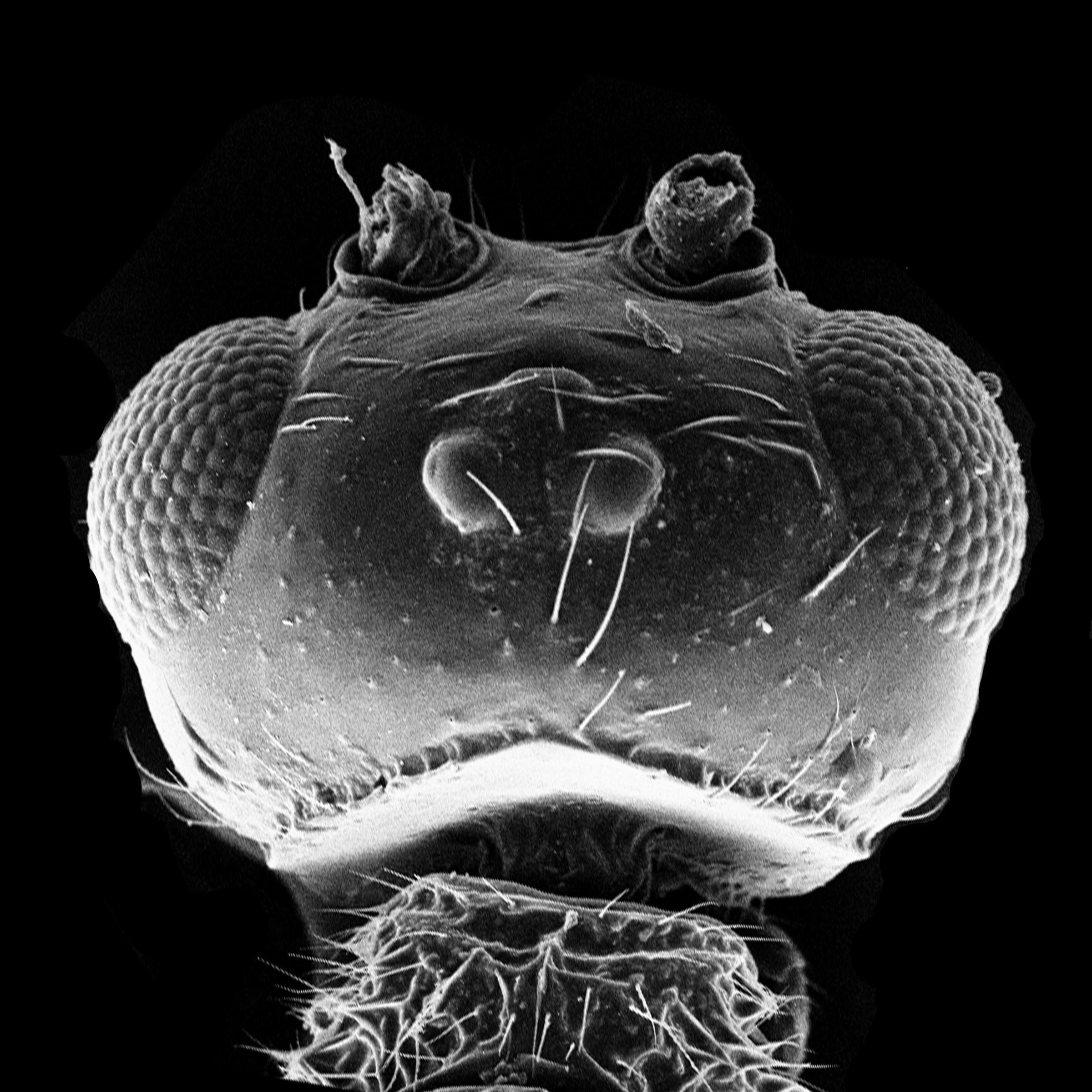

An international journal on animal taxonomy, diversity, ecology and zoogeography
ISSN: 0973-7871 (online)
ISSN: 0973-9955 (print)


An international journal on animal taxonomy, diversity, ecology and zoogeography
ISSN: 0973-7871 (online)
ISSN: 0973-9955 (print)

Volume: 2, Number: 2
ISSN: 0973-7871 (Online Edition)
Date of Publication: December 30, 2008
Abstract: The three genera and eleven species (including one new species of Chartocerus) of the Indian Signiphoridae are reviewed. Diagnoses of the Indian species are given. Keys to females of 8 species and males of 7 species of Chartocerus are provided. Known hosts of each species and distribution are also given, and all relevant literature cited.
Abstract: Two new species of the whitefly genus Cockerelliella Sundararaj & David viz., C. cinnamomi sp. nov. breeding on Cinnamomum sulphuratum and C. malabathrum and C. vijendrai sp. nov. breeding on Dipterocarpus indicus, and Elaeocarpus sp. are described and illustrated. The species of Cockerelliella so far described from India are listed and a key to the Indian species of the genus is given.
Abstract: Altogether, 860 species of insects were collected from New Amarambalam Forest Reserve areas during the present investigation. Of these, 535 species belonging to 14 orders and 83 families were collected from representative sample study plots in different forest types at various altitudes. Maximum number of insects and species was recorded from the semi-evergreen and evergreen forests. With regard to species diversity, the evergreen forest recorded the highest value followed by the semi-evergreen, moist deciduous and sub-tropical hill forest. The montane sholas recorded the lowest value. With regard to the number of individuals recorded under the various groups, Lepidoptera and Coleoptera showed the maximum, followed by Trichoptera, Diptera and Hymenoptera. Species richness and diversity of Lepidoptera were greatest in the evergreen forests; followed by semi- evergreen, sub-tropical, moist deciduous and shola forests. With regard to Coleoptera also, the trend was more or less the same ex
Abstract: A study of the bats was conducted sporadically from April 2004 to April 2008 in the modified landscapes of Coorg Western Ghats, Karnataka, India. Ultrasonic calls of Microchiroptera were recorded during the study to document presence/absence of bats in various habitats. A total of 75 trails were used in the final analysis albeit more than 130 trail record efforts were made. Point recording of bats at a distance of 50m in each trail of 0.5km resulted in 20 trails showing indications of micro bat presence, while 55 trails did not yield any signs of bat presence even with repeated sampling. The overall encounter rate of bats in Coorg was 6.5 per kilometer with the highest encounter rate in forest fragments (19.25km-1) and coffee (9.5km-1). Seven call species of bats were recorded and tentatively assigned to species under the families � Hipposideridae/ Vespertilionidae and Rhinolophidae; the vespertilionid bats being the most dominant. Bats were also documented visually and observe
Abstract: More than a century old monograph� Fauna of British India, including Ceylon and Burma � Hymenoptera � 2. Ants and Cuckoo-Wasps� by Bingham is still the guiding source for anybody who initiates taxonomic studies of Indian ants. However, over a century period, there are lots of changes in the status of many names, at the subfamily, tribe, genus and species levels, largely owing to several revision studies in many groups of the family Formicidae. In the recent past, across the world there are several remarkable endeavours in identifying the major clades of ants and to understand the relationships among them. In this review, the author has looked at some of those changes, which are pertaining to Indian fauna and the results are summarised below. Out of 5 subfamilies of the family Formicidae, mentioned in Bingham, 4 of them have valid status, while one of them is now known under a different name. Of the 79 genera mentioned, 53 of them are currently known to be present in India and r
Abstract: Studies on age specific life-table of lemon butterfly, Papilio demoleus Linnaeus was conducted on two host plants, viz. lemon, Citrus limon Linnaeus; narangi, Citrus reticulata Blanco and one alternative host bel, Aegle marmelos Linnaeus at different temperature regimes, including two constant (30+1�C and 25+1�C) and one fluctuating (25/30+1�C at 12:12 hr). Effect of different temperature and host plants on age specific development of P. demoleus revealed that 30+1�C was the most suitable temperature, at which shorter larval period and maximum adult emergence was observed. Though, the shortest larval and pupal period was recorded at 30+1�C on each host plant, it was prolonged at 25+1�C. On all three temperature gradients, lemon could be categorized as highly suitable medium for rearing butterfly P. demoleus, while bel is an inferior one.
Abstract: The following is an errata of the book �Indian Chalcidoid Parasitoids of the Tetrastichinae (Hymenoptera: Eulophidae) authored by T.C. Narendran, published in 2007 by Zoological Survey of India, Occasional papers No.272: 1-386p.